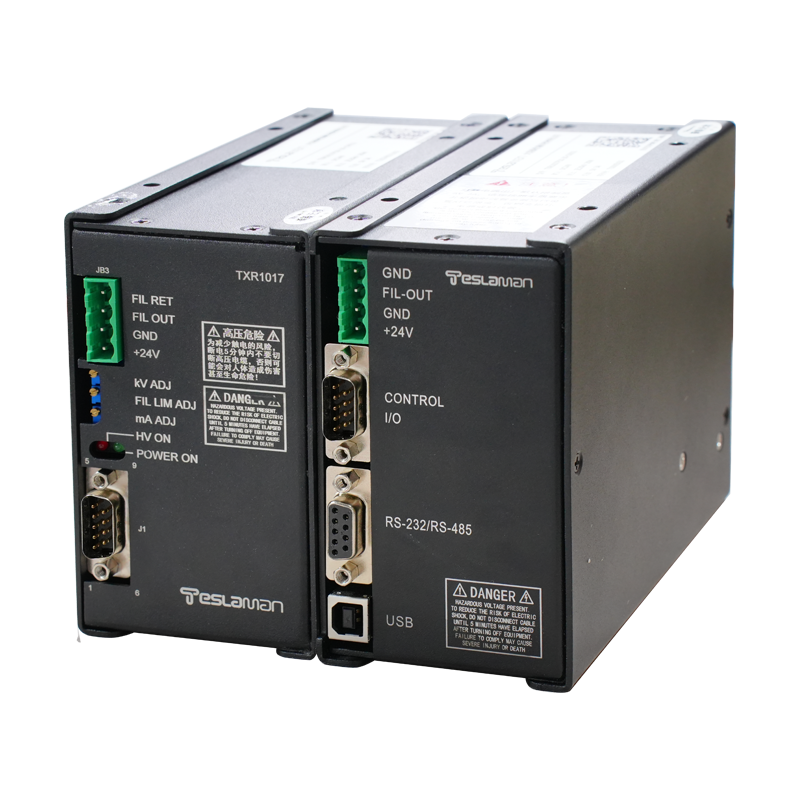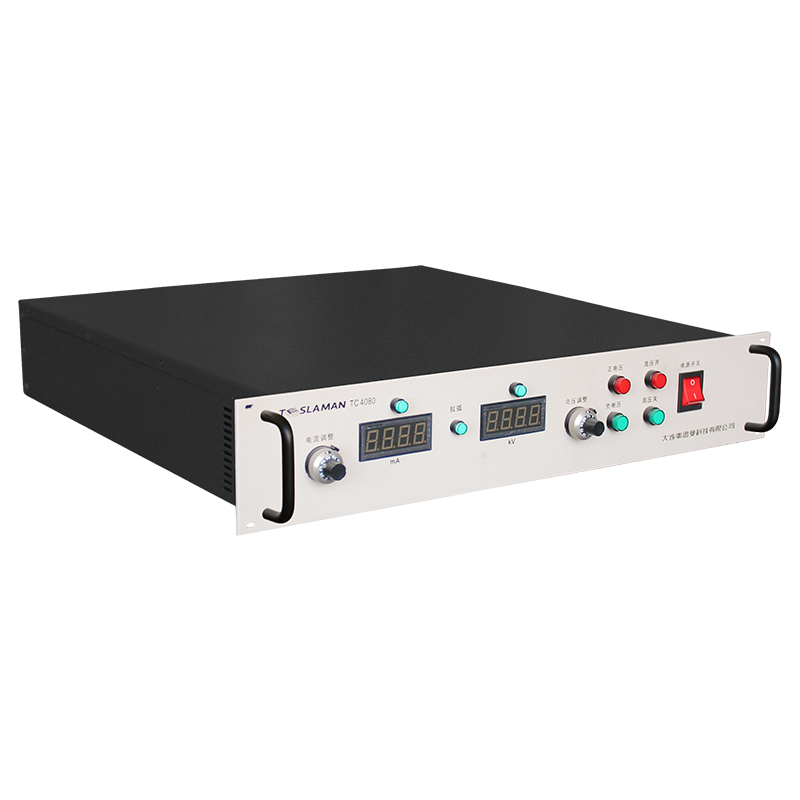Dynamic Regulation of Negative Ion Concentration and Optimization of Air Purification Performance in Ion Generator Power Supplies
Negative ion generators rely on corona discharge under high voltage to release ions into the air, which react with airborne particles and gases to achieve purification. The power supply’s role in controlling ion concentration and maintaining energy efficiency is fundamental. Traditionally, ion generators operate at a fixed voltage, leading to inconsistent ion concentrations under varying humidity and particulate conditions. Dynamic regulation systems solve this limitation by integrating real-time sensing and adaptive control.
The power supply employs a feedback control loop linked to an ion concentration sensor that measures local ion density. Based on these readings, the controller dynamically modulates the discharge voltage and frequency to maintain a target ion concentration. A fuzzy self-tuning PI controller provides fast response with minimal overshoot, allowing smooth transitions when environmental parameters fluctuate.
For enhanced adaptability, a machine learning model predicts the optimal discharge parameters based on historical environmental data. This enables the generator to preemptively adjust voltage output when detecting trends in humidity or pollution index variations.
To evaluate air purification efficiency comprehensively, traditional single-parameter metrics such as ion count are extended to include PM2.5 reduction rate, VOC decomposition rate, and ozone byproduct control. A multi-sensor fusion approach collects data from particle counters, gas sensors, and ozone detectors to calculate a composite purification efficiency index (CPEI).
By integrating real-time feedback and predictive analytics, the negative ion generator’s power supply can autonomously optimize ion output while ensuring minimal energy waste and maintaining safe ozone levels.




















